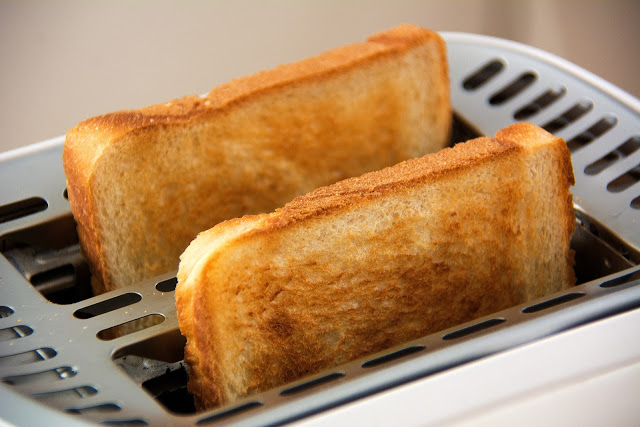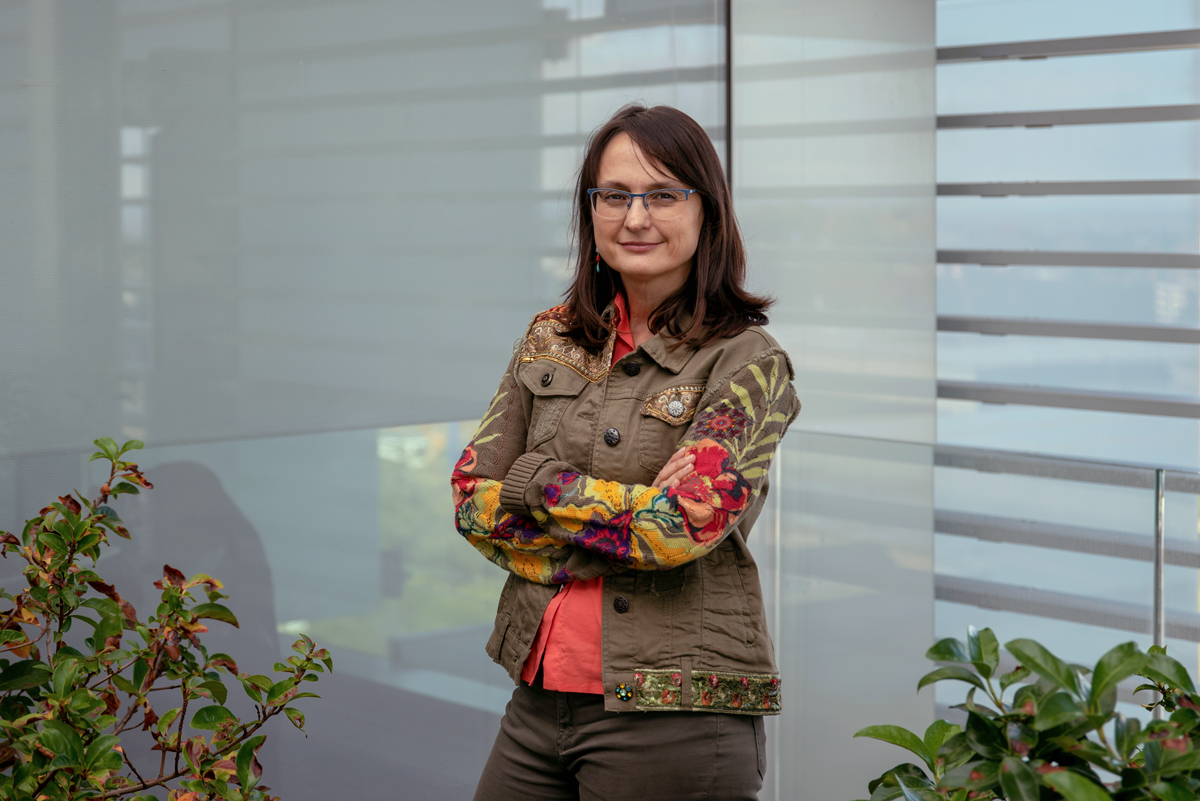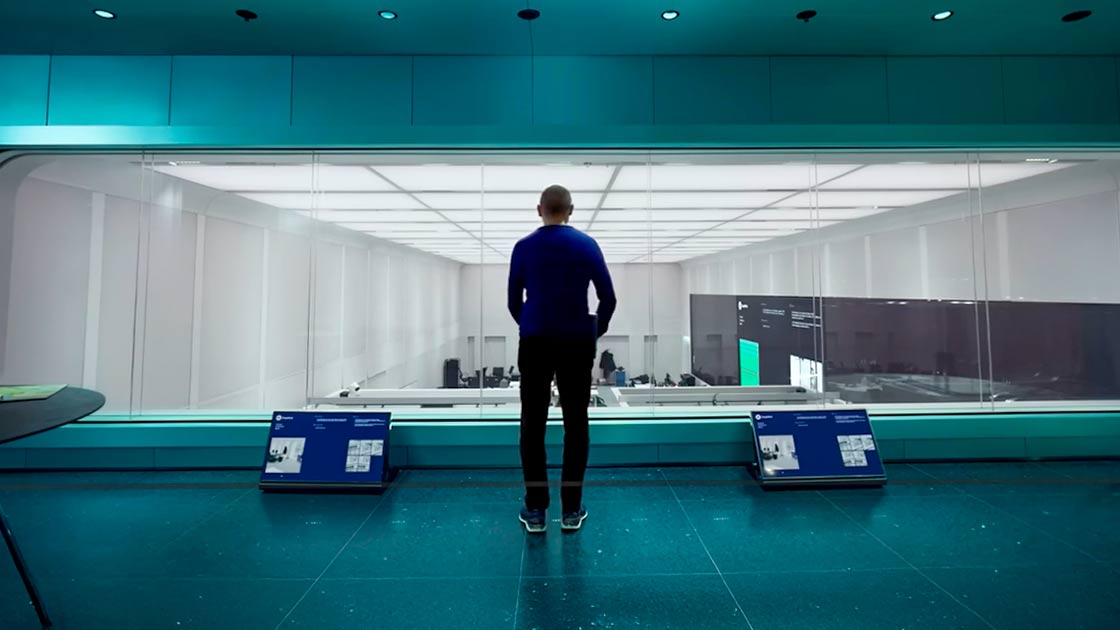 Figure 1 : A graphic representation of the Internet of Things.
Figure 1 : A graphic representation of the Internet of Things. These devices can reach certain
levels of intelligence. At a most basic level, we see devices which are simply able to identify themselves in a certain way (
identity), but then we move on to devices that can define where it is (
location). Further still, there are devices which can communicate the condition that it is in (
state) and those that can analyze their environment and carry out tasks based on certain
criteria. These intelligence levels translate into a series of
capabilities:
- Communication and Cooperation: being able to connect either to the internet and/or other devices, therefore being able to share data between themselves and establish communication with servers.
- Direction: the ability to be condivd and located from anywhere on the network.
- Identification: the ability to be identified via technology such as RFID (Radio Frequency Identification), NFC (Near Field Communication), QR (quick response) code and more.
- Localization: being able to know its own location at any moment.
- Intervention: the ability to manipulate its environment.
With regard to
protocols, we already know that in order to connect to the internet, we need TCP/IP (Transmission Control Protocol / Identification Protocol). The first steps in terms of the IoT were made using the fourth version (IPv4). But this brought an important limitation, since the number of addresses that it could generate was reduced. From 2011 onwards, the
Internet IPv6 communications protocol was designed, which permits an infinite number of addresses. This meant that the IoT could develop since, according to
Juniper Research, by 2021 there will be over 46,000 connected devices, sensors and
actuators.
As well as the protocols, a
connection interface is needed. On the one hand, there are wireless technologies such as
WiFi and
Bluetooth. On the other, we have wired connections, such as
IEEE 802.3 Ethernet (which means you can set up a cabled connection between the IoT device and the internet) and
GPRS/UMTS or NB-iot which use mobile networks to connect to the internet. These last ones, at their cost, are usually used for devices where a low level of data consumption is expected, such as garage door opening systems or rangefinders in solar fields.
The curious relationship between IoT and toasters. A short history lesson...
In 1990,
John Romkey and Simon Hacket, in response to a challenge launched by
Interop, presented
the first device connected to the internet; a toaster. You could use any computer connected to the internet in turn it on, off and choose the toasting time. The only human interaction needed was to put the bread in. The following year, of course, they added a small robotic arm to fully automate the process. Curiously, in 2001, another toaster became a protagonist in the history of the IoT, when Robin Southgate designed one capable of collecting weather patterns from online and "printing" them onto a slice of toast.
 Figure 2 : The first connected device was a toaster.
Figure 2 : The first connected device was a toaster.
Although Romkey and Hacket's toaster is often referred to as the first IoT device, the true first actually came much early. In the 70's, the
Department of Computer Science at Carnegie Mellon connected a CocaCola machine to the department server via a series of microswitches, meaning that before "taking the walk" to the vending machine, you could check on your computer whether there was stock left and whether the bottles were at the right temperature (since it knew how long they had been stored for). Although this device wasn't technically connected to the internet (since the internet was still in development), it certainly was a "connected device".
Moving on from toasters and vending machines, the
Auto-ID Center at the
Massachusetts Institute of Technology (MIT), played a crucial role in developing the IoT, thanks to their work on Radio-Frequency Identification (RFID) and the new detection sensor technology they developed.
In 2010, thanks to the explosive growth of smartphones and tablets, and the falling price of hardware and communications, the number of connected devices per person exceeded 1 for the first time (1.84). It should be noted that there was not an even distribution at a global level.
The challenges and obstacles that the IoT faces
The rapid innovation that we see in this area brings together a diverse collection of different networks, designed for different and specific purposes. Therefore, one of the main challenges for the IoT is to define
common standards that allow these various networks and sensors to work together.
On the other hand, each day we have new technological advances in miniaturization, where components are becoming more powerful and efficient. However, there is something that slows this progress down:
energy consumption, and in particular,
autonomous batteries. When you are talking about a connected device for personal use, such a smartwatch, it can be somewhat frustrating when you have to keep recharging it, but it's not a huge issue. However, with devices that are located in remote locations, it is vital that they work well with just one charge. in order to solve this problem, research is being done into devices that harness energy from their surroundings. For example, water level sensors that can recharge their batteries with solar energy.
In conclusion
The
IoT significantly increases the amount of data available to process, but this data doesn't become useful until they are collected, stored and understood. It is at this point when
Big Data comes into play, with its ability to store and process data at a massive scale. We add to this the falling price and rising availability of connected devices. This will lead to an explosion of revolutionary applications that can create "
smart cities", help us
efficiently use energy, lead to a
more comfortable lifestyle where tasks are done for us, mean that
medical diagnoses can be more precise and even offer us information from space.
The Internet of Things and Big Data are two different things, but one would not exist without the other. Together they are the true
internet revolution.
 Figure 1 : A graphic representation of the Internet of Things. These devices can reach certain
levels of intelligence. At a most basic level, we see devices which are simply able to identify themselves in a certain way (
identity), but then we move on to devices that can define where it is (
location). Further still, there are devices which can communicate the condition that it is in (
state) and those that can analyze their environment and carry out tasks based on certain
criteria. These intelligence levels translate into a series of
capabilities:
Figure 1 : A graphic representation of the Internet of Things. These devices can reach certain
levels of intelligence. At a most basic level, we see devices which are simply able to identify themselves in a certain way (
identity), but then we move on to devices that can define where it is (
location). Further still, there are devices which can communicate the condition that it is in (
state) and those that can analyze their environment and carry out tasks based on certain
criteria. These intelligence levels translate into a series of
capabilities:
 Figure 2 : The first connected device was a toaster.
Figure 2 : The first connected device was a toaster.
 Hybrid Cloud
Hybrid Cloud Cyber Security & NaaS
Cyber Security & NaaS AI & Data
AI & Data IoT & Connectivity
IoT & Connectivity Business Applications
Business Applications Intelligent Workplace
Intelligent Workplace Consulting & Professional Services
Consulting & Professional Services Small Medium Enterprise
Small Medium Enterprise Health and Social Care
Health and Social Care Industry
Industry Retail
Retail Tourism and Leisure
Tourism and Leisure Transport & Logistics
Transport & Logistics Energy & Utilities
Energy & Utilities Banking and Finance
Banking and Finance Sports
Sports Smart Cities
Smart Cities



